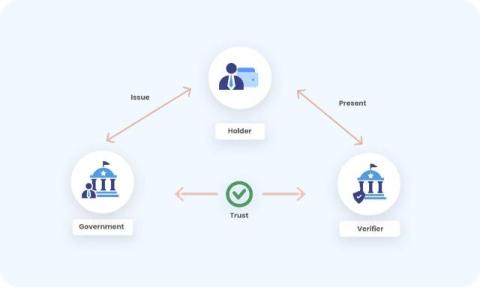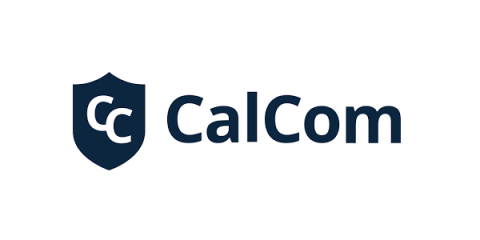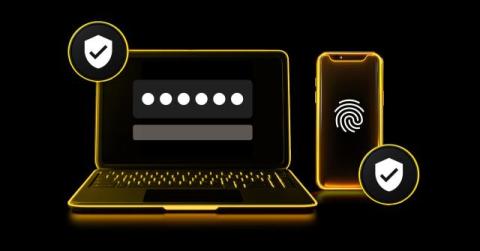What's New With Torq: November 2024
As we close out 2024, Torq is rolling out powerful new updates to help security teams start the new year with even greater efficiency and impact. These recent enhancements are designed to streamline operations, boost productivity, and support seamless collaboration. Here’s a look at the latest features set to transform your security operations.











